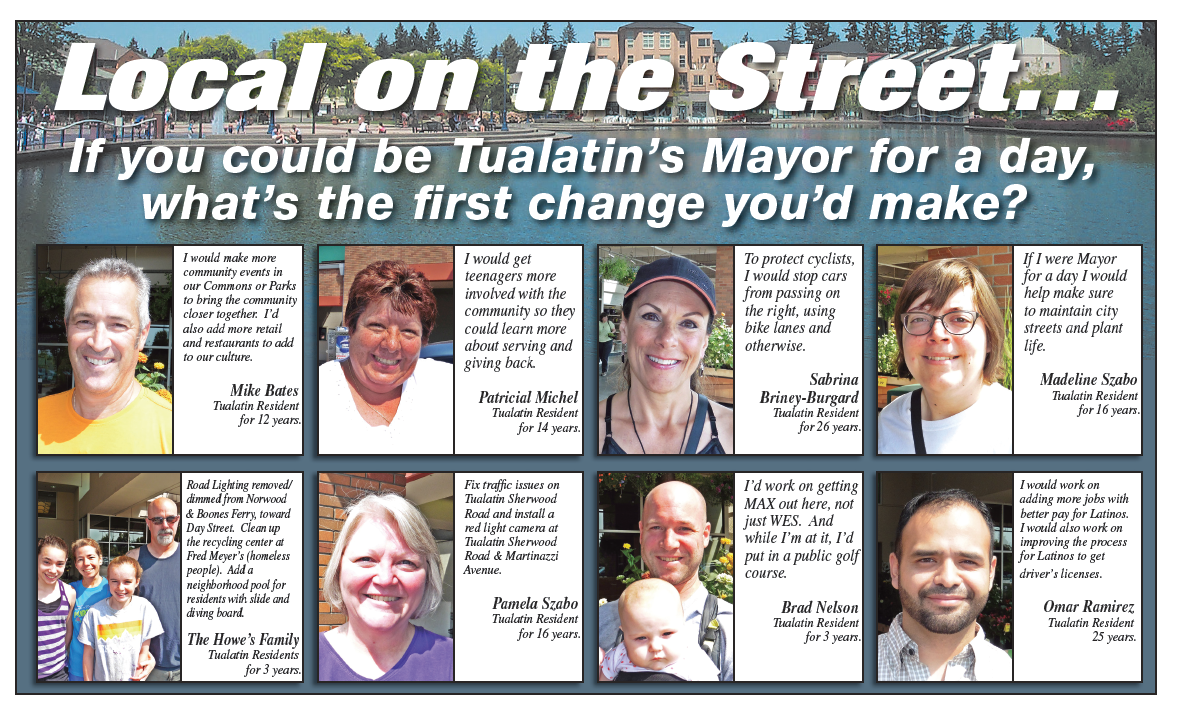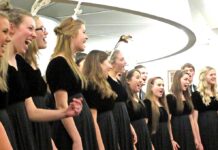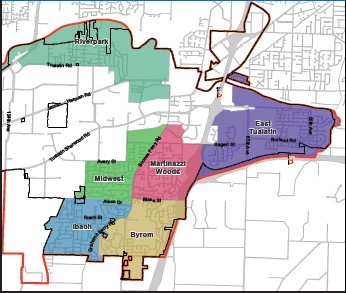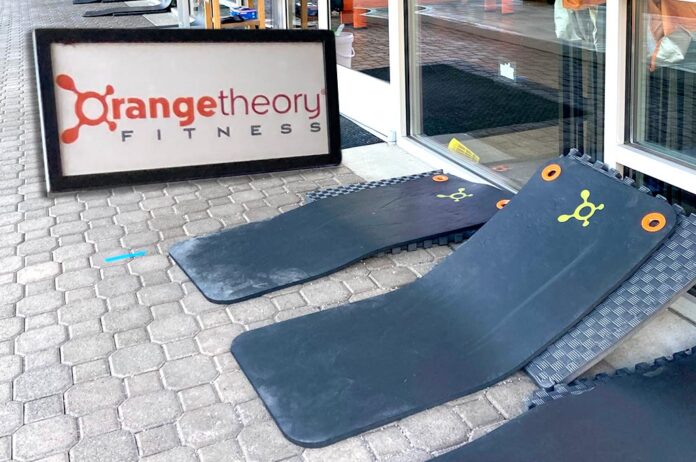
With the recent lifting of some COVID-19 restrictions on businesses in Oregon, owners and patrons of gyms and indoor fitness facilities can breathe a little easier.
When Governor Kate Brown gyms, movie theaters, zoos and other businesses closed last November and limited restaurants and bars to take-out service only, it was second time that such stringent measures were taken by the State to try and limit the spread of COVID-19. For most gym owners, however, it was a body blow to their businesses, which were already hard hit by the pandemic. Now, with the recent lifting of some of those measures, gym owners and their employees and customers are gradually trying to assess how to move forward. Gyms were allowed to re-open at 25 percent capacity or up to 50 people at a time, whichever is fewer, as of Feb. 12. But that, they say, is still a far cry from truly re-opening.
“We shut down last March and were closed for two months,” said Dan Afrasiabi, owner of a chain of 10 Planet Fitness gyms in Oregon, including one in Tigard. “Add that to November through the end of January and we were closed five-and-a-half months over a 10-month period. It’s a devastating impact on the team and the members, but we got through it.”
Gyms and fitness facilities feature a wide variety of business models, activities and customers. The pandemic shutdowns have impacted them differently. But virtually all of them feel they have been unfairly targeted by COVID-19 restrictions.
“I think the rankle is the fitness industry has data, has real specific data,” said Chad Rudolph, owner of four Orange Theory Fitness studios in Tualatin, Happy Valley, Hillsboro and Vancouver, Wash. “They talk about science, but we have a lot of data and we try to present it to the governors, but one, we don’t know how to get to them, and two, it seems like it’s completely ignored.”
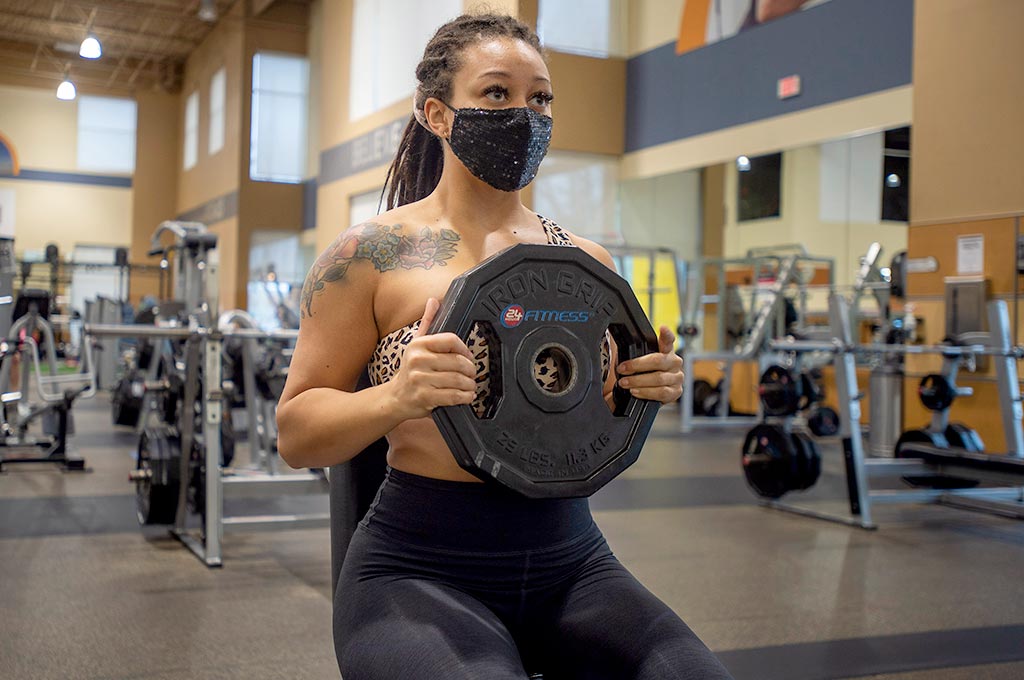
In Rudolph’s Orange Theory Fitness studios, he said, patrons have been required to reserve workout space and check in, thus ensuring contact tracing data is available, if needed. But, he said, it hasn’t been.
“Between June 5 and when we opened again, and Nov. 18, when we closed again,” he said. “We had 72,000 workouts in these three (Oregon) studios and we had zero COVID incidences.”
That observation is backed by a study carried out last year by the Oregon Consulting Group, a group of University of Oregon students overseen by faculty from the University’s Lundquist College of Business. That study examined COVID-19 cases in the state of Colorado and found that of 59 workplace-related outbreaks recorded between March and November 2020, none of them were traced back to gyms or fitness facilities. The study did not conclude that gyms are safe, and also noted that Colorado does not represent conditions found in other states. But for gym owners, it remains one of the few examples of hard data they can draw from.
“They really took a nice scientific approach to it,” Afrasiabi said.
That’s small consolation for gym owners impacted by Oregon’s restrictions.
“It’s disheartening, I’m following the rules, I don’t agree with them, but I’m trying to follow them,” said Jevin Dulak, owner of Revolution Parkour in Tualatin. “What we did during that period was essentially just be closed. Our survival was based on existing memberships on top of government assistance.”
Most, including Julak, looked for new ways to operate and have tried to stay optimistic while adopting virtual workouts and instruction in various forms or offering members outdoor facilities in lieu of their shuttered indoor options. Dean Durfee at Tough Mudder Bootcamp in Beaverton, for instance, offered outdoor bootcamps and even delved into nutrition guidance to keep people engaged. Even then, he estimated his business lost over 50 percent of its clientele and over half its normal revenue.
“The total shutdown of indoor fitness during the winter in Oregon has cost us all potential, growth,” Durfee said.
Not just customers were affected, obviously. Most facilities were forced to lay off some or all of their employees during the closures and are only now starting to hire some of them back.
“We had to lay off everyone,” Afrasiabi said. “We kept them on a rotating basis, where everyone was laid off but we’d bring them back periodically so our clubs could be maintained while they were closed. They’d have additional income on certain weeks.”
For some types of fitness, online classes and outdoor offerings simply didn’t work for them.
“I cannot share the many ways in which a gym can be successful within the (former) guidelines, because I have not found many,” said Phil Menaugh, owner of Crossfit Tigard. “Working out outside in the cold, rainy Oregon winter seems counterproductive. Zoom classes work for a short period during the first quarantine but lost steam very quickly.”
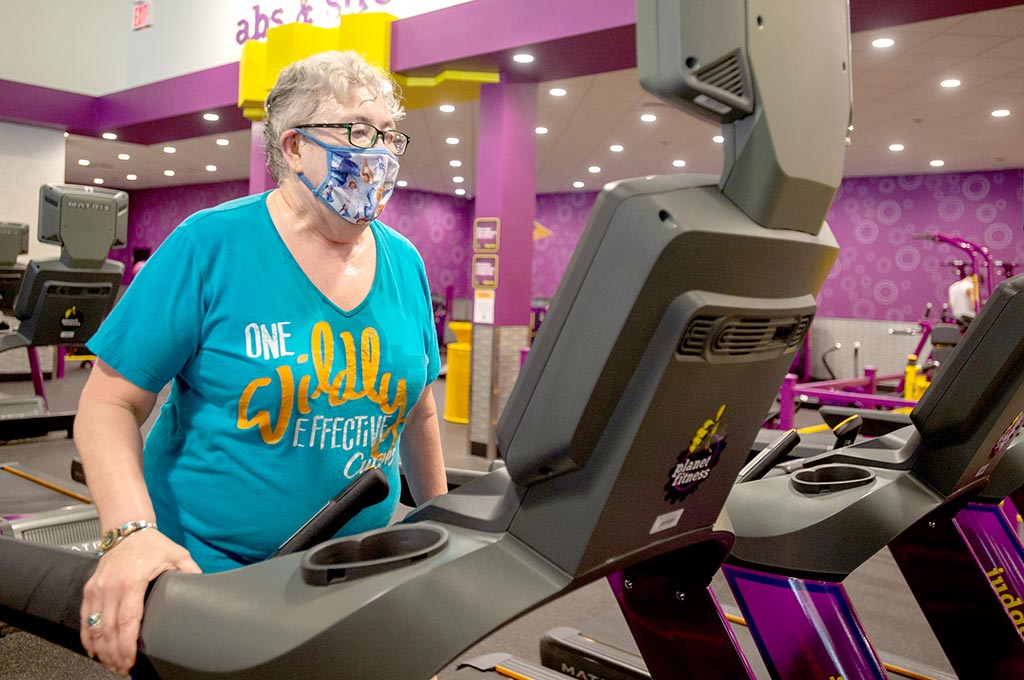
Unsurprisingly, large national fitness chains have fared better during the crisis than small independent businesses. For example, national chain 24-Hour Fitness operates no fewer than 12 gyms in the Portland metro area alone. Its greater financial reserves allowed it to pour resources into a new mobile workout app, 24Go, as well as offer a variety of online instruction and education.
“We had to lose some valuable team members,” said Steve Kassner, General Manager of the Tanasbourne 24-Hour Fitness. “But it’s going to give us the opportunity to pour more into making sure that if we do close down again that we’re going to be successful and we can keep that community of members engaged with us.”
Beaverton resident Chris Chase calls 24-Hour Fitness his go-to spot. During a recent stop at the Tanasbourne gym, Chase said he hasn’t tried the company’s virtual options but has taken part in new outdoor activities they offered. He added that gyms and fitness facilities have gotten a bad rap when it comes to COVID.
“The part that frustrates me is if you go into a Nordstrom’s or you go into a Fred Meyer or go into a New Seasons, there’s no capacity limit, people are butt cheek to butt cheek,” he said. “But you can’t come into a gym and be socially distanced like we are today.”
There have been a few exceptions to these stories, of course. One of then belongs to Tigard resident Kimberly Berg and her Tigard-based gym, Rebel Fit, which caters exclusively to persons with neurological conditions such as Parkinson’s disease. For Berg, the pandemic has actually given her a significant boost in business driven by a shift to virtual workouts for clients who are now largely homebound.
“We were always going to do a virtual program, so thank goodness we were ready,” Berg said. “We just jumped on it.”




